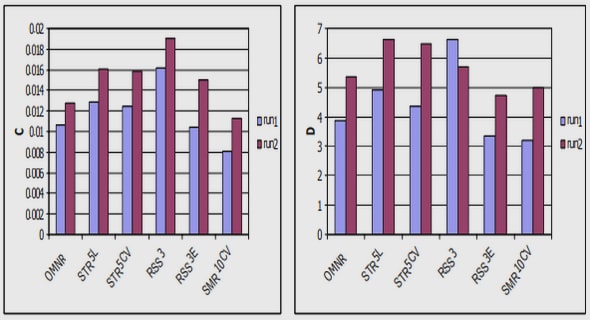(Downloads - 0)
For more info about our services contact : help@bestpfe.com
Table of contents
ACKNOWLEDGEMENT
I. GENERAL INTRODUCTION
I.1. Energy Scenarios: Opportunities and Challenges
I.2. Electrical Grids with High Penetration of RES
I.3. Research Approach and Thesis Contributions
I.4. Thesis Contents and Organization
II. TOWARDS SMART AND FLEXIBLE ELECTRICAL GRIDS: ARCHITECTURE AND MANAGEMENT STRUCTURE OF MULTI-MICROGRID SYSTEMS
II.1. Introduction
II.2. Microgrids: The backbone of Smart Grids
II.2.1. Concept and Characteristics
II.2.2. Operation and Control
II.3. Multi-Microgrid Systems
II.4. Aggregator position and needs
II.5. Agents and Multi Agent System
II.5.1. Agent and intelligent agent concept
II.5.2. Multi-Agent System benefits for Smart Grids
II.5.3. MAS implementation
II.5.4. MAS development with JADE for Smart Grid
II.6. Conclusions
III. DEVELOPMENT OF MICROGRID STRATEGIES FOR DAY-AHEAD SCHEDULING BASED ON MULTI-AGENT SYSTEMS
III.1. Introduction
III.2. Energy Management of Microgrids
III.2.1. Objectives and Phases
III.2.2. Management Architecture Description
III.3. Rule-Based Approach for Day-Ahead Scheduling
III.3.1. Logic Rules for Rule-Based Microgrid Scheduling
III.3.2. Case Study
III.4. Optimization-based Approach for Day-Ahead Scheduling of Microgrids
III.4.1. Single-Objective Optimization Problems
III.4.2. Mathematical Formulation for Optimization-Based Microgrid Scheduling 75
III.4.3. Case Study
III.4.4. Sensitivity Analysis
III.5. Comparison between Rule-Based and Optimization-based Approaches
III.6. Conclusions
IV. DEVELOPMENT OF MULTI-MICROGRID STRATEGIES FOR DAY-AHEAD SCHEDULING BASED ON MULTI-AGENT SYSTEM
IV.1. Introduction
IV.2. Multi-Objective and Multi-Level Programming
IV.3. Architecture and Sliding Multi-Level Optimization for Multi-Microgrid Scheduling
IV.3.1. Sliding Multi-Level Optimization using MAS
IV.3.2. Aggregator model: Cost and Revenues Allocation
IV.4. Multi-Microgrid Scheduling for Active Congestion Management and Market Participation
IV.4.1. Active Congestion Management Methods
IV.4.2. Flexibility Service Market
IV.4.3. Capacity Limit Allocation
IV.5. Centralized
IV.6. Conclusions
V. REAL-TIME ASSESSMENT OF ENERGY MANAGEMENT STRATEGIES FOR GRID-CONNECTED MICROGRIDS
V.1. Introduction
V.2. Rolling Optimization-based and Rule-based Approach for Intra-Day and Real-Time Control of Microgrids
V.2.1. Real-Time Control Layer
V.2.2. PV and Load Forecast Layer
V.2.3. Intra-Day Optimization Layer
V.3. Description of the Implemented Experimental Test Bench
V.4. Scenarios and Test Results
V.4.1. Scenario 1 – Good PV Forecast
V.4.2. Scenario 2 – Forecasted PV Power higher than the measured one
V.4.3. Scenario 3 – Forecasted PV Power lower than the measured one
V.4.4. Scenario 4 – Forecasted PV Power Lower than measured one with High Intermittence
V.5. Conclusions
VI. CONCLUSIONS AND PERSPECTIVES
VI.1. General Conclusions
VI.2. Outlook on future research
VII. APPENDIX
Appendix A
Appendix B
Appendix C
LIST OF PUBLICATIONS
BIBLIOGRAPHY



